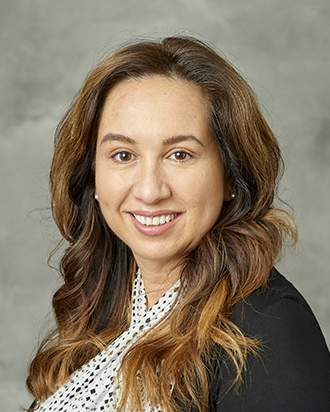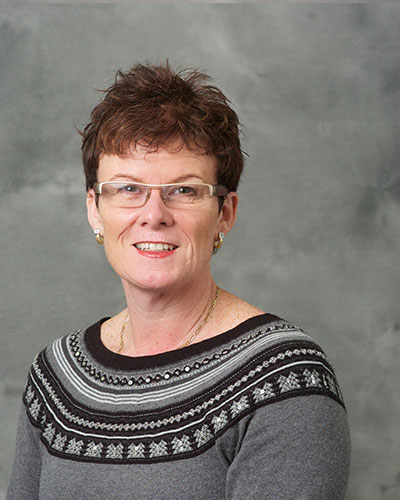Resolutions with social solutions
 Don’t Try This Alone
Don’t Try This Alone
Teamwork can boost New Year’s Resolutions
January is over, and those resolutions are fading. It’s amazing how quickly our resolve dissolves. The problem, according to two PacMed physical therapists (PTs)—who have decades of experience walking people back from devastating setbacks—could be trying to change all on your own.
When PacMed’s Aysha Morgan, PT, DPT, first met Sandy, she’d “had a very severe stroke a few years ago and was only being pushed around in a wheelchair…. She felt the only thing she could do was move one arm. She couldn’t stand, she couldn’t transfer, she definitely couldn’t walk.”
“I took one look at her, and I thought, ‘No, no, no—there’s potential in this woman!’” says Aysha. “Let’s see what kind of potential you have that’s going to make your life easier.” Over the course of the year, Aysha worked with Sandy, helping her stand, then take a step, then two steps and finally walk with a cane.
When our beliefs keep us from changing, it helps to connect with someone else who sees our potential—like Aysha did for Sandy. Stephanie Clements, PT, who manages PacMed’s team of 15 physical therapists, encourages the team to see potential by keeping the whole person in mind. “Once you find out more about them, then they start to tell you more about what they’re capable of doing, or what their dream is to do. You’re more than your diagnosis,” she says.
Stephanie sees the best outcomes among people who make social connections part of their health routine: “The ones that do very well are the ones that go to the community center three times a week. So they’ve got a group…. It’s socializing. They are in the same boat; they are all wanting the same thing.”
The right environment can foster long-term investments in each other that make change possible. As Aysha says about Sandy, “It’s taken her a year to come this far, and I’m grateful that PacMed has allowed me to work with them for this time.” The kind of environment that fosters caring for patients starts with caring for each other. As Aysha describes,
“I love my coworkers—I love the people who work under me, over me, beside me. Patients are just so wonderful. Honestly—I’m so, so pleased, I couldn’t be more pleased. And I’ve always loved my job, always done the best wherever I can, but I’m especially happy here, which is so nice. Really.”
That kind of supportive environment empowers caregivers to invest in others through the sometimes-long process of change. Aysha reflects on her ongoing work with Sandy, who suffered the stroke. “In the beginning, we worked on just standing, just standing, which was hard,” says Aysha. “And then we got her standing and moving from one place to the next. And standing and taking a step, and then taking two steps, and taking steps on a walker with a platform, and then a front-wheel walker. And just recently, we got her walking indoors with a cane.”
This investment, in turn, can inspire patients to invest in themselves. Sandy, accompanied by her husband, a Korean War and Vietnam vet, has “come in, diligently, every single week. Really, to be honest, it’s her hard work, and his hard work. They’re incredible people,” says Aysha.
Stephanie witnessed this transformation firsthand. “Sandy was glowing. And her husband was so happy.”




